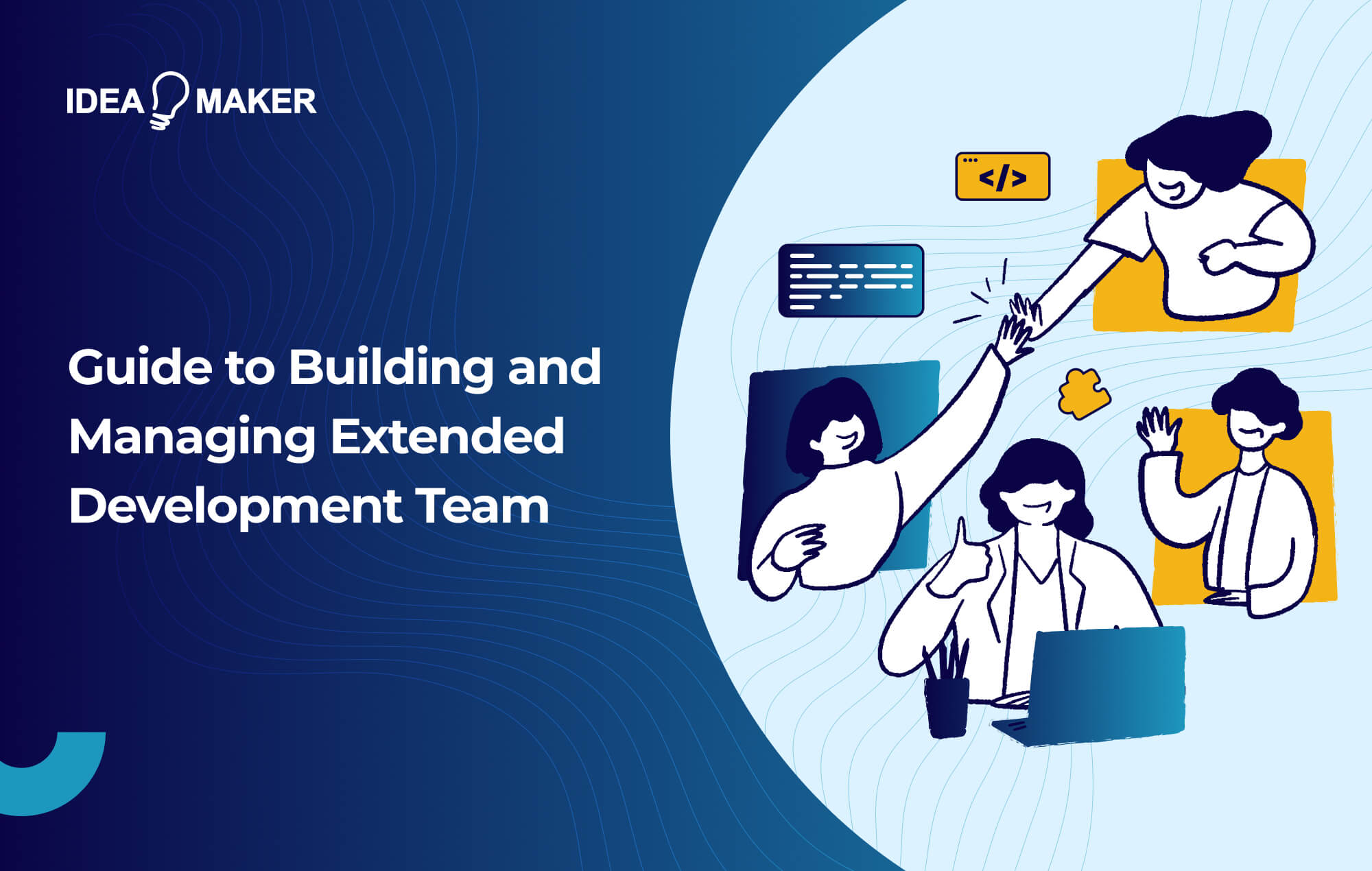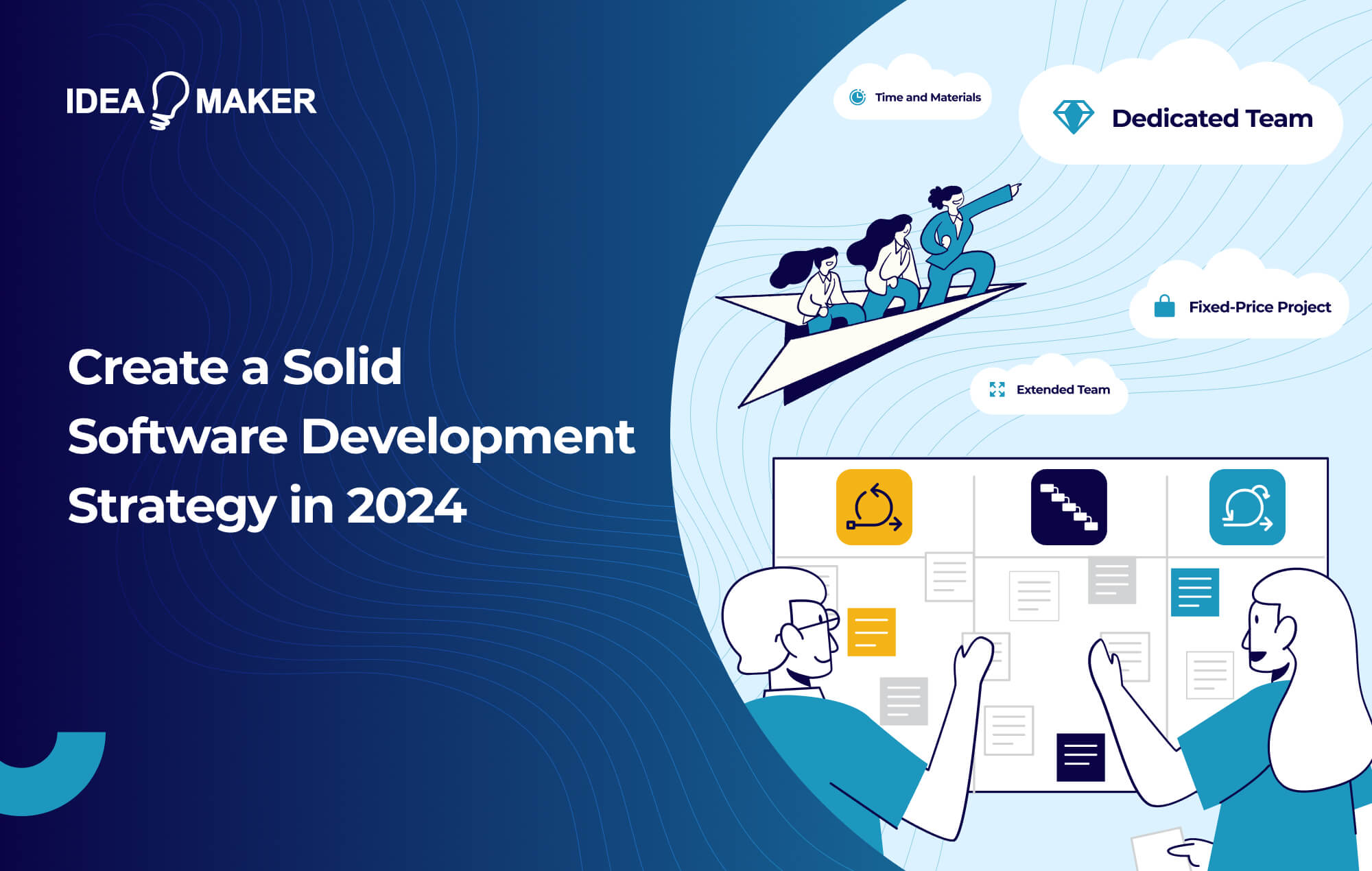Table of Contents
In just a few months, Bolt expanded its network of drivers from 0 to 30,000 in the city of London, becoming a main competitor for the popular app Uber. Online cab booking apps have opened the opportunity for businesses to streamline their taxi booking service and cut down on telephone operators.
Building an online cab booking app has never been easier, and there are a few lessons that can be learned from the success of Bolt. Keep reading to see how you could create your own Bolt-like app, and just what it takes to succeed.
What You’ll Learn In This Post
- Bolt and its popular features
- Important safety features
- How to build a Bolt-like app
What Is Bolt?
Bolt is an online cab booking app that allows users to order taxis or register as drivers. Much like its competitors, Bolt uses GPS for effective route planning, taxi availability, and destination plotting. Bolt’s edge over its competitors can be put down to a heavy emphasis on safety and fairness, both for drivers and customers.
Bolt vs. Uber
Uber remains an industry leader when it comes to taxis in major cities, however, Bolt is a close second. Bolt offers a similar service, along with some additional safety features, and a more balanced, desirable pricing. The main difference between the two is the pricing, with Bolt taking a much smaller commission off of rides, benefitting both riders and drivers.
During 2020, as the world implemented lockdown procedures, Uber’s main revenue came from delivery (Uber Eats). As Bolt closes in on the London commuters market, the two are both becoming pillars of the taxi industry.
Popular Features of Bolt
Some of Bolt’s features will be necessary to consider as you make a ride hailing app, whereas others are less essential. Bolt has implemented additional features to improve safety, accessibility, and pricing, helping it stand out from competitors.
Ride Booking
Booking taxis is the main feature of Bolt, and subsequently, your app. Bolt has made it easier than ever with the possibility to plot your destination on a digital map. Allowing location services on your phone also allows the app to see exactly where to pick you up.
Service Selection
Having a service selection means users can ensure they get exactly what they need from their ride. If they need more seats than a standard car or want a bit of luxury, Bolt offers all of these options to give customers as much choice as possible when traveling.
Driver Match
Driver matching is a complex yet extremely attractive feature for taxi apps. This is where, through complex algorithmic technology, the app matches nearby drivers to customers, lowering the travel distance between clients. It helps customers get taxis faster, and allows drivers to optimize routes for lower fuel costs.
Related Page: How to Make an App like Uber
Ride Tracking
Given that the drivers are tracked to show how far from pickup they are, it only makes sense to continue tracking during the ride. Often a safety feature, it ensures any anomalies from the designated route can quickly be investigated. This is also implemented by Bolt for passenger safety and ease of access to driver location.
Technical Considerations
There are also going to be some key technical considerations you need to make when developing an online cab booking app. You’ll need to include some key technology that other competitors have made standard in this market.
GPS Map Integration
You’ll want to add map integration for easier usage, tracking, and planning. Luckily, Google has made this easier than ever with an easy implementation for creating dynamic, static, and location-detecting maps. Uber and even smaller cab companies with apps for booking generally use maps to help users track the availability of cars, distance to pick up, and current whereabouts.
Cross-Platform Support
Developing your app for one OS (Operating System) such as android or iOS might exclude some audiences. Bolt is a progressive web app that works across any device with internet and browser access. If you’re looking to build an inclusive app that’s available to a wider market, you should ensure it’s accessible from any mobile device, and consider building a cross-platform app.
Safety Features
The safety of your users is paramount, and that works both ways between drivers and customers. Other apps have implemented a few features to ensure their users are as safe as possible.
Reviews
Uber added a review system for both riders and drivers to allow for transparency and safety. Customers can warn riders of rude or unsafe drivers, and drivers can notify each other of potentially disrespectful or aggressive riders. This two-way review system helps keep both parties informed and safe when traveling.
Bolt SOS Button
Bolt has also implemented an SOS feature for its users. This button will alert Bolt immediately and give you the option to make an emergency call. This will be treated as an emergency and Bolt can send help which is more effectively provided you have location services active.
4 Steps to Build an Online Cab Booking App Like Bolt
Building an online cab booking app is far more than just development, and the more effectively you can plan your creation the better your app will turn out.
1. Determine Niché
Your app will need to have an edge if it’s going to compete with the pioneers like Bolt. Targeting your service to a particular demographic or offering a feature nobody else does will help you stand out from the crowd and carve a piece of the market for yourself.
You could make an app that focuses on safety and accessibility for the elderly, or maybe make a taxi service driven by women for women. If your app is more attractive to a smaller demographic, you’ll still be able to build a consistent and loyal user base.
2. Design App
Communicating the ideas behind your design can be difficult through speech and text, and if you’re not developing your app alone, you’ll need to be able to share your vision. Using expert tools such as Mockflow and Figma, you can create a design for your app that appeals to your target audience.
This will also help you clearly outline the nature of your features, and how they impact the overall purpose of your app. When outsourcing your development, giving developers as much information in a clear, concise format will create a far smoother development.
3. Develop Your App
Now that you’ve decided upon your essential features and overall design, you can begin to look at how best to develop your app. It’s important to consider that you will need to develop two user portals, one for the driver and one for the customers, each with the features most relevant to its users.
If you don’t have the knowledge to develop the app yourself, you may need to consider outsourcing your app’s development. A good developer will have a development plan ready to share with you, a number of quality apps in their portfolio, and post-release support options.
4. Deliver You Cab Booking App
Finally, you can deliver your app to app stores and start growing your user base. You’ll begin to see bug reports and reviews come in, which you need to carefully monitor.
You’ll need to resolve bug fixes for your users, to ensure your app is as accessible and error-free as possible, preferably your developer will be on hand to help. Customer feedback can be useful, as you filter out what suggestions might be beneficial to implement later on with an update.
How to Market Your Online Cab Booking App
There are a few methods at your disposal when it comes to advertising your app. Depending on your available capital, some cheaper or free marketing alternatives may be more effective for you than others, such as ASO and SMM.
App Store Optimization
App Store Optimization (ASO) is similar to Search Engine Optimization (SEO), in that you craft your descriptions, title, and tags to relate better to people’s searches. The more effectively you can use keywords on your app’s page, the more likely you’ll fit the criteria of your intended audience.
Google Search Ads
Pay-Per-Click (PPC) advertisements are commonly used by businesses to drive traffic to their app’s page. This is where you place digital ads on social media, search engines and more, and pay each time a user clicks on your created ad. PPC can be really effective, as it ensures you only pay each time your app’s page is viewed and can be used on social media, search engines and more.
Social Media Marketing
Social Media sites also offer Pay-Per-Click (PPC) advertising, so you can effectively market your product to people with similar interests. However, you can also create pages on social media for free and begin generating posts to boost your visibility. This is known as organic social media marketing and can be brilliant as you rely on users sharing and liking your posts to increase your popularity.
How to Monetize Your Bolt-Like App
Your app is likely to have running costs, and your business certainly will. It’s important to effectively monetize your app to ensure the longevity and sustainability of your business.
Charge Admin Fee
Your customers will be paying for the driver’s time, running costs, and petrol, but you can also include an admin fee for the services you have provided within that transaction. Adding a small fee to each journey will mean you continue to profit as people use your booking service.
Premium Accounts
Plenty of apps that offer a service will include a superior service for an extra payment. Whether you make access to this premium service a rolling subscription or a one-off payment, offering extra features like a discount card for more regular users is an effective way for consumers to get the most out of your app.
App Development from Idea Maker
Idea Maker has a knowledgeable team of developers on hand to provide custom app development services for your app. With an established portfolio of well-designed mobile apps and progressive web applications, Idea Maker might just be the developer for you. So schedule a call with us to see how we can support you with your online cab booking app.



